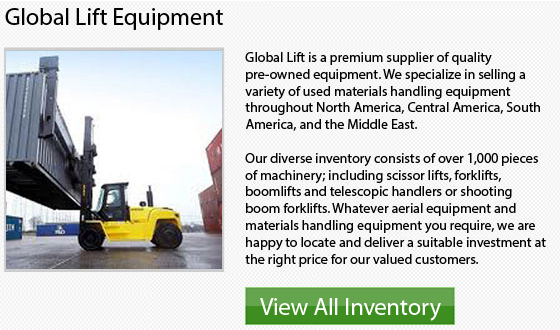
Hydraulic truck cranes are different compared to other crane models due to the way they specifically operate. Hydraulic cranes utilize oil rather than using a winch in order to wind up cables to provide the lifting force. Because oil is a type of fluid that retains its volume, it is incompressible. Therefore, this means it is amongst the most ideal kinds of fluids for pushing pistons towards the direction the force is going to be exerted.
The hydraulic pump creates a pressure that moves the piston. This particular action is maneuvered by the operator utilizing the controls within his cab. Usually, hydraulic truck cranes make use of a pump that has 2 gears.
As the actual crane itself is mounted on a truck, it could travel numerous distances from site to site and there is little dismantling involved. The truck crane has a single engine which controls both the truck and the crane.
Other Parts
Boom Telescope: The boom telescope enables the boom to retract or extend thanks to hydraulics.
Jib: Jibs are latticed structure booms..
Boom Swing: Boom swings have a big roller or ball connected to the carrier. It could swing 360 degrees in both directions. Hydraulic devices provide swings at varying speeds and control the swing in order to rotate the turntable gearbox.
Outrigger: The outrigger is a unit that helps the crane maintain its balance by using hydraulics to lift the truck.
Load Movement Indicator: In order to alert the driver that maximum weight is approaching, the load movement indicator's lights flash.
Pump: The pump's purpose is to steer the outrigger.
Steel Cables: The steel cables are reinforced and run through the boom and the jib. They are able to generate up to 14,000 lbs. or 6350 kg.
Boom Elevation: The crane's boom ascends utilizing double hydraulic cylinders that allow for raising and lowering materials.
Rotex Gear: The rotex gear is operated by hydraulics and located under the cab. It allows the boom to swivel on this gear.